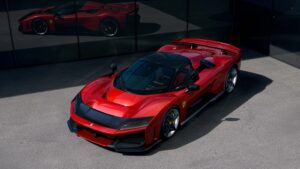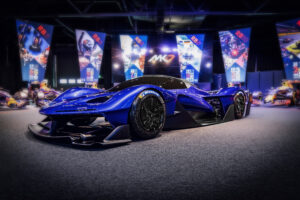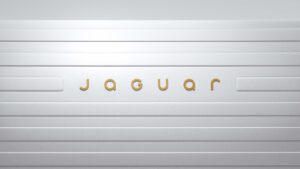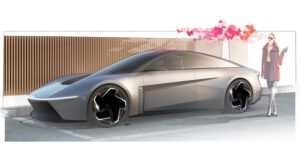FORESEE Submits 2012 Indy Racing Design Proposal
[singlepic id=1329 w=640 h=480 float=center]With the recent discussions on the needs and wants from the Indy Racing League for a new vehicle that from 2012 will serve them well to improve their race category back into the limelight that it so well deservedly occupied 20-30 years ago, Foresee Car Design felt the urge to submit their proposal for this program as well. Here is their release information:
Mission Viejo, 3 March 2010.
FORESEE Car Design was recently made aware of the search for a new race car concept for the 2012 season of the Indy Racing League (IRL), to replace the current expensive vehicles. Experienced with racing series in Europe with a new LMP-A high end sports car series, and through our cooperation with Howe Racing in the US, we were keen on providing the IRL our insight into this.
Our research showed that the IndyRacing program was at its best when it was reasonably affordable for any team to enter, when it was within realistic possibilities for anyone to win races, irrespective of the team they were driving for, their age, their physique, their personal wealth. Given the right circumstances, anyone could beat the established drivers and teams and become victorious.
This has sadly left the IRL, but is still prevalent within the NASCAR series of races.
Our in depth research shows clearly that American racing fans love to see close racing, love to see wheel-to-wheel battles, and love to see the underdog win. THAT was why the enthusiasm was so big when Danica Patrick entered the series. THAT is what we feel needs to be brought back into the series.
We feel that for too long the series, in its various guises, has tried to compete with Formula 1, thereby incorporating extremely expensive technologies that did not only do nothing to enhance the racing, it saw to it that the series became so expensive that most OEM’s felt they could no longer compete. It did not offer a platform that major auto corporations could take back to their customers and turn into sales “on Monday”.
Our proposal retains the open wheel character of the sport, since that is absolutely essential in the association with everything Indy. However, we propose to move away from the expensive carbon fiber monocoque chassis as used in F1, and rather switch to a strong and durable tubular chassis similar as being used by NASCAR, but then of course laid out to be a single seater, with mid-engine layout. The chassis design should be precisely defined by the rules, with very little room to play, guaranteeing not only equality, but also durability, so that a chassis can survive an accident and race again the next training session.
The dimensions and regulations should also allow for drivers who are neither extremely short nor light weight, to have an equal chance of being competitive. In this day and age a A.J. Foyt or an Al Unser Sr. could never win races, which takes away a lot of the attraction and the characters of the sport.
In our design we further suggest a double-decker wing section at the front, where the lower section is an identical fit to a section fitted at the low rear of each car. Our CFD testing shows that this way, even at high speeds, it is possible to race nearly “bumper to bumper†with open wheel race cars. It also prevents excessive usage of ground effects, which will re-introduce driver skills to the series, talent fighting the forces of nature in trying to control their cars at superior speeds.
As said, we feel the new cars should be strong and durable, able to withstand high speed accidents, where simple exchange of cheaper body panels will be enough to put a car back in the show. The audience does not see the exotic materials used, does not see the cleverness of ground effects, but sees how relatively easy the tiniest of people can apparently drive these cars at break-neck speeds. That allows for the perception that anyone with enough money can enter, rather than emphasizing the raw talent and craft needed to keep these beast on the road.
Again in line with made NASCAR strong, we would suggest very tight regulations on the engines, but a demand that there are several US and international OEM corporations involved, so that it is relatable to the majority of the US fans, the domestics fighting and beating the foreigners effect. THAT is something that the OEMs can directly bring to the showroom floor.
[nggallery id=27]








